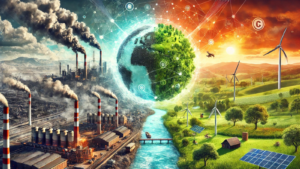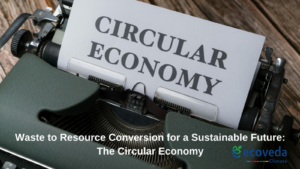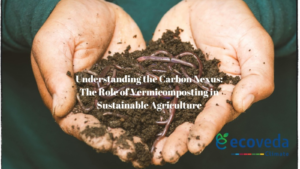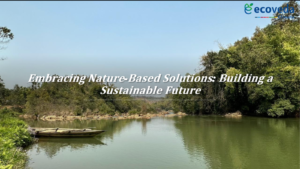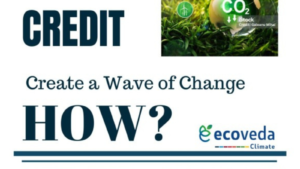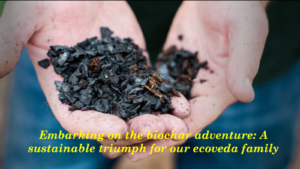The idea of a “circular economy” has gained popularity recently as people look for more environmentally friendly ways to manage waste and resources in their society. Unlike the traditional linear economy, which follows a ‘take, make, dispose’ model, a circular economy aims to minimize waste and maximize resource efficiency by keeping products and materials in use for as long as possible, ultimately transforming waste into valuable resources. This paradigm shift promotes innovation and economic progress while providing possible solutions to environmental problems.
The concept of “closing the loop”—recovering, recycling, and reusing resources back into the production process—is the foundation of the circular economy. Rather than throwing away things at the end of their existence. This strategy minimizes the negative effects of waste disposal on the environment, such as pollution and greenhouse gas emissions, while simultaneously reducing the extraction of virgin resources.

Considering lifetime and recyclability when creating items is a crucial tactic in the circular economy. Durable materials and modular designs make it simple to update, repair, or disassemble things for recycling when their useful lives are coming to an end. This lessens the need for fresh raw materials and waste production in addition to extending the life of items.
The advancement of resource recovery and recycling infrastructure is another pillar of the circular economy. Technological developments have made it possible to recover valuable materials from a variety of waste streams, including organic matter, plastics, and electronic waste. Communities can divert waste from landfills by implementing programs like material recovery facilities and compost/biochar programs, which would improve soil fertility and permanently sequester carbon. Recycled metals and plastics as well as compost/biochar for agricultural use are examples of new resources that can be created from waste.

Moreover, the circular economy promotes a change in patterns of production and consumption that are more sustainable. This covers programs that allow users to access goods and services without having to own them, like product leasing, sharing platforms, and “pay-per-use” models. These models can limit waste production, lower resource consumption, and foster a more cooperative and resource-efficient economy by favoring access over ownership.
Companies are also essential in accelerating the shift to a circular economy. Businesses may reduce waste production, increase resource efficiency, and extract value from waste streams by implementing eco-design, supply chain optimization, and creative business models. Adopting circular concepts can boost competitiveness, save costs, improve brand reputation, and increase consumer loyalty in a market where consumers are becoming more and more concerned with sustainability.

There is a ton of potential to build a more sustainable and wealthy future through the shift to a circular economy. We can reduce environmental deterioration, conserve natural resources, and create resilient and prosperous communities by turning trash into resources. All parties involved, including companies, consumers, and governments, must work together to achieve a circular economy. By working together, we can create a society in which waste is valued as a resource for a sustainable future rather than as a problem.

